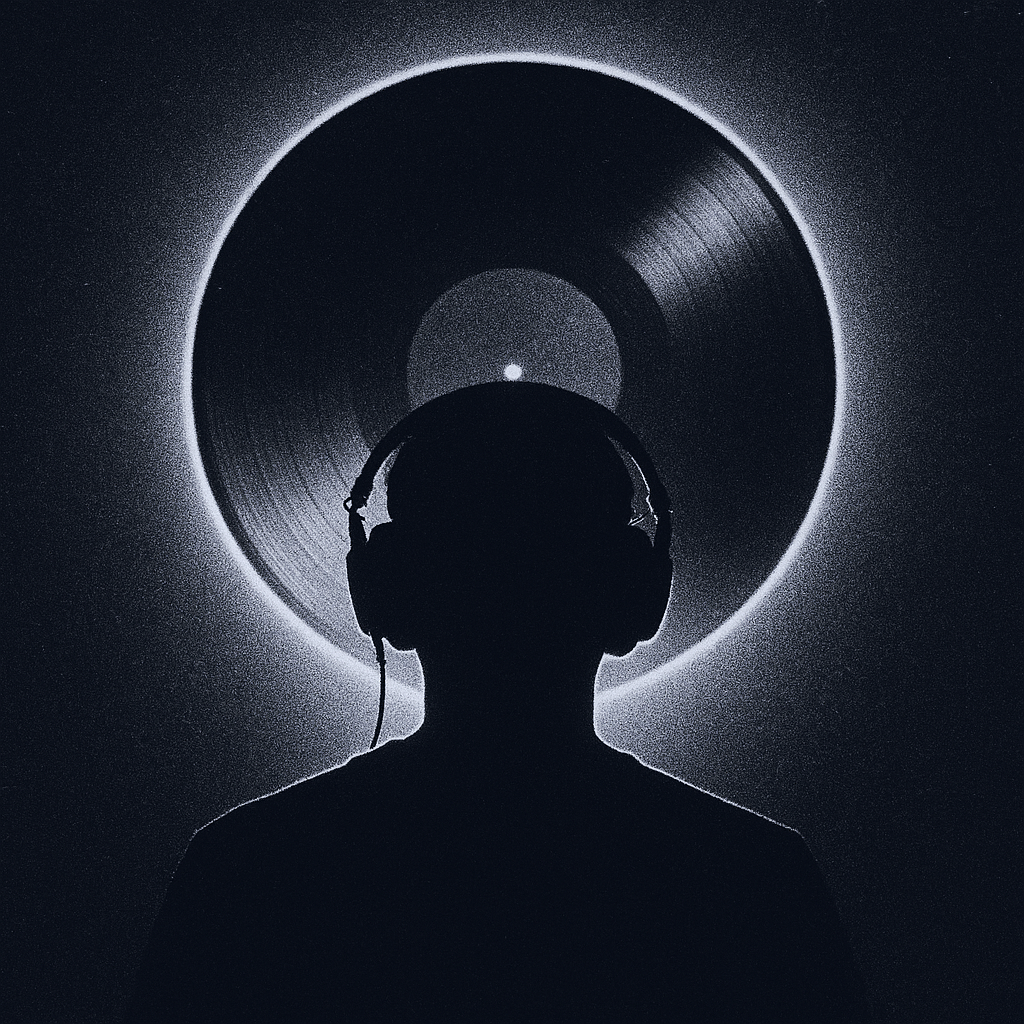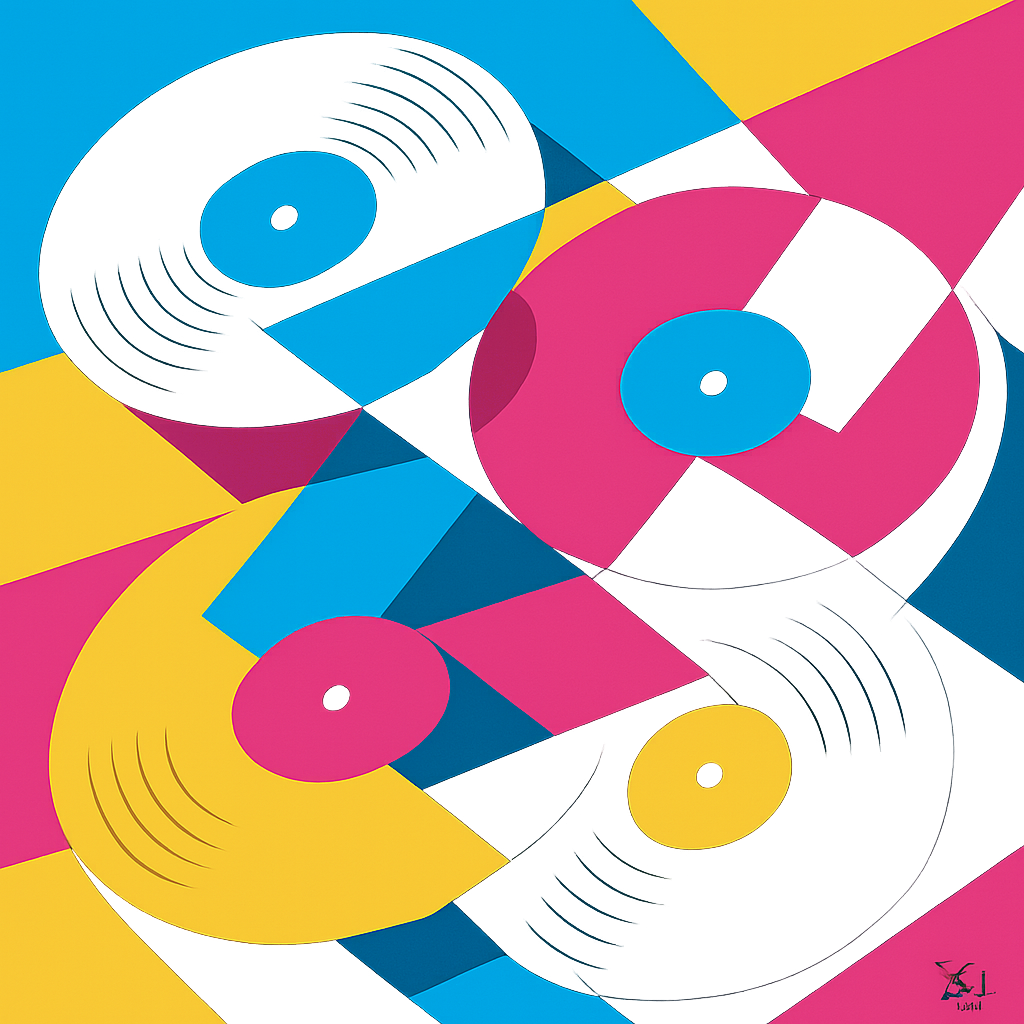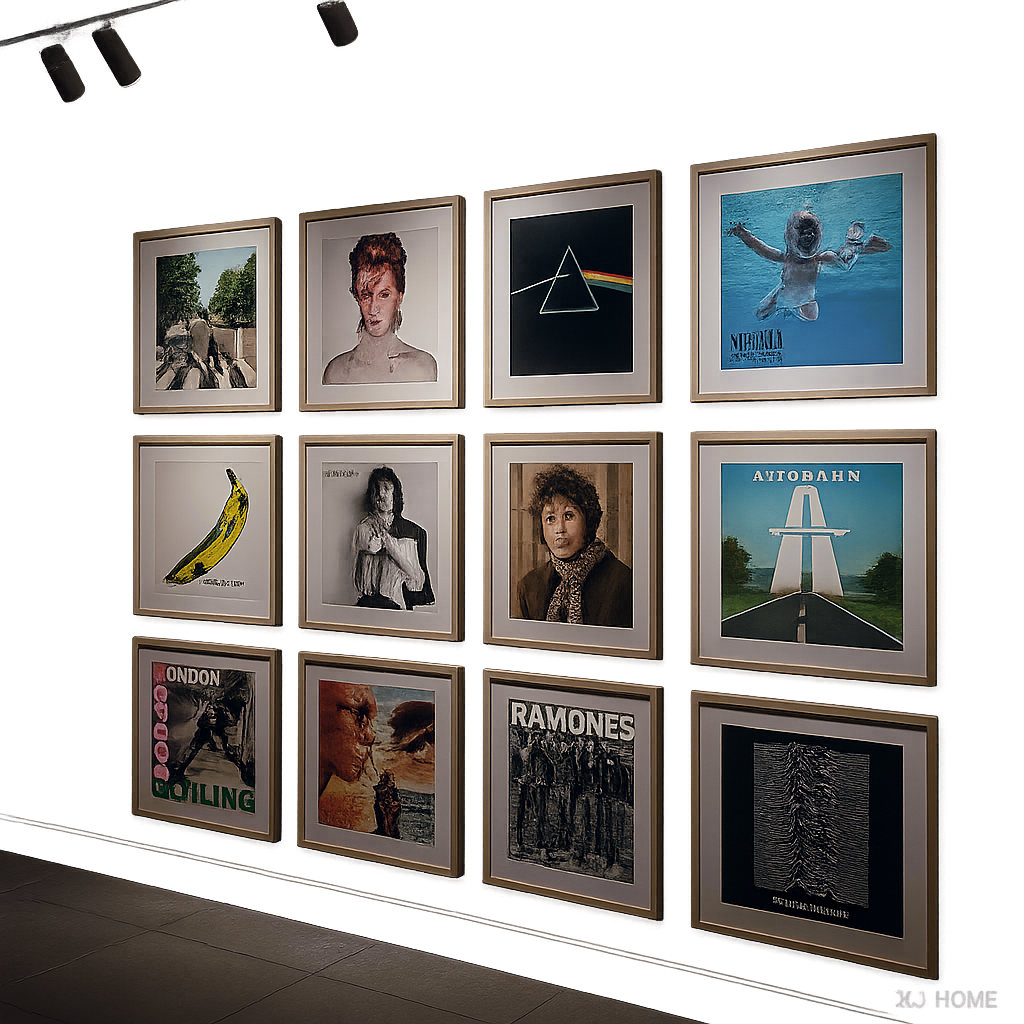In an age of disposable tech and algorithm-driven playlists, there’s a certain rebellion in embracing the analog. And at the heart of that beautiful rebellion? The turntable. But we're not talking about just any record player. We're venturing into the hallowed halls of vintage audio, seeking out those magnificent machines that, decades after their debut, still possess the power to make your records (and your soul) sing. Forget the notion that "newer is always better." These ten titans are here to prove that true quality, ingenious engineering, and sonic soul are timeless.
Why vintage? It's not just about hipster cool or a pining for yesteryear. It's about build quality from an era when things were made to last, not to be replaced next season. It's about sonic signatures that can be warm, dynamic, and deeply musical in ways that many modern, often clinically sterile, decks struggle to achieve. It’s about the tactile experience, the satisfying clunk of a well-machined switch, the deliberate ritual of placing needle to groove. And yes, it's about owning a piece of history that often represents a pinnacle of audio engineering from its time. At XJ-HOME, we believe in the enduring value of well-crafted audio equipment, and these vintage turntables are a testament to that philosophy.
So, what makes a vintage turntable "still rock"? We're looking at:
-
Sonic Prowess: Does it make music sound engaging, detailed, and alive?
-
Engineering & Build: Was it over-engineered in the best possible way? Robustness is key.
-
Repairability & Community Support: Can it be realistically maintained? Is there a hive mind of enthusiasts to help?
-
Aesthetic Appeal & Design Integrity: Does it look as good as it sounds? Is it a conversation starter?
-
The "X-Factor": That indefinable something – historical significance, innovative design, or just sheer cool.
Let's spin the platter on ten of the best:
1. Thorens TD-124 (MkI & MkII)
-
The Legend: Swiss precision, circa 1957-1967.
-
Why It Still Slays: An idler-wheel/belt hybrid masterpiece. The TD-124 delivers a powerful, dynamic, and incredibly stable sound. Its musicality is legendary. The build quality is simply monumental; these were built like bank vaults.
-
Under the Hood: Ingenious two-part platter system (heavy main platter, lighter clutch-operated top platter), robust Papst motor, and a design that allows for easy tonearm swaps.
-
The Hunt & The Handle: Prized and thus pricey. Restoration is often needed and can be complex (motor mounts, idler wheel, bearing). However, parts and expertise are widely available thanks to a passionate global community.
-
Perfect For: The serious audiophile, the dedicated tinkerer, anyone wanting a statement piece that sounds as good as it looks.
2. Garrard 301 / 401
-
The Legend: British broadcasting titans, 301 (1954-1964), 401 (1965-1977).
-
Why It Still Slays: These idler drive behemoths are famed for their "PRaT" (Pace, Rhythm, and Timing). They deliver a visceral, driving sound that's incredibly addictive, especially with rock and jazz. Like the Thorens, they are built to outlast civilizations.
-
Under the Hood: Heavy-duty motors, massive platters, and a simple, robust mechanism. The differences between the 301 (grease bearing vs. later oil bearing) and the slightly more refined 401 are debated endlessly by enthusiasts.
-
The Hunt & The Handle: Highly sought after, especially the 301. They need a very heavy, well-damped plinth to perform their best – this is not optional. Motor noise and rumble can be issues if not properly serviced and plinthed.
-
Perfect For: The rock 'n' roller, the jazz aficionado, the DIY plinth builder, those who crave sonic impact.
3. Technics SL-1200MK2 (and its early brethren)
-
The Legend: The DJ icon, born 1979, but its direct-drive DNA goes back further.
-
Why It Still Slays: Okay, hear me out. While known for DJ booths, the SL-1200MK2 is a marvel of engineering. Its quartz-locked direct-drive motor provides unwavering speed stability. It's built like a tank, famously resilient, and with a good cartridge and setup, it can be surprisingly audiophile-grade.
-
Under the Hood: High-torque direct-drive motor, heavy rubber-damped base, precise S-shaped tonearm (though often the first thing audiophiles upgrade). For a deeper dive into drive mechanisms, understanding the differences between direct, belt, and idler drives is crucial.
-
The Hunt & The Handle: Plentiful, but many have lived hard lives in clubs. Look for well-cared-for home-use examples. Check tonearm bearings carefully. Easily serviced and modified.
-
Perfect For: The budding audiophile on a budget, the pragmatist, the DJ at heart, anyone wanting rock-solid reliability.
4. Linn Sondek LP12 (Pre-Cirkus/Early Valhalla)
-
The Legend: The Scottish revolutionary, first appearing in 1972 and still (in heavily evolved form) in production.
-
Why It Still Slays: The LP12 redefined belt-drive performance. Early models possess a warmth, musicality, and "bounce" that many find irresistible. It’s a deck that draws you into the music.
-
Under the Hood: A three-point sprung sub-chassis design, precision bearing, and a focus on isolating the platter and tonearm from motor and environmental vibration.
-
The Hunt & The Handle: Can be a rabbit hole of upgrades and tweaks. Setup is notoriously finicky and crucial for performance. Early power supplies (pre-Valhalla or original Valhalla) and bearings (pre-Cirkus) define the "vintage" sound many seek. Parts are available, but can be expensive.
-
Perfect For: The dedicated audiophile who enjoys tinkering and tuning, those who prioritize musical flow over ultimate analytical detail.
5. Acoustic Research AR-XA / AR-XB
-
The Legend: The American giant-killer, circa 1961.
-
Why It Still Slays: Edgar Villchur's masterpiece of elegant simplicity. The AR-XA proved that excellent sound didn't require massive complexity or cost. It’s known for its surprisingly good isolation, decent tonearm (for its day), and a wonderfully musical presentation.
-
Under the Hood: Belt-drive, sprung sub-chassis, and a simple but effective tonearm. Its genius lies in its holistic design.
-
The Hunt & The Handle: Relatively affordable, but often needs refurbishment (new belt, motor lubrication, tonearm damping/rewiring). The plastic headshell can be a weak point. A vibrant online community offers tons of modification and restoration advice.
-
Perfect For: The vinyl newcomer wanting genuine hi-fi on a budget, the minimalist, the DIY enthusiast.
6. Dual 1019 / 1219 / 1229
-
The Legend: German idler-drive workhorses, prominent in the 1960s and early 70s.
-
Why It Still Slays: These Duals are marvels of mechanical engineering, often featuring automatic functions that still work flawlessly after 50+ years. They offer a robust, warm, and engaging sound. The 1019 is a charming brute, while the 1219/1229 are more refined full-size platter decks.
-
Under the Hood: Complex but reliable idler-drive mechanisms, often with fully automatic start/stop and record-changing capabilities (though most audiophiles use them in single-play mode). Surprisingly good tonearms for integrated decks.
-
The Hunt & The Handle: Still relatively accessible. The main challenge is dried-up grease in the complex mechanisms. They require a patient and methodical approach to servicing (or a good technician). Online forums like Audiokarma have dedicated Dual sections that are invaluable.
-
Perfect For: Those who appreciate mechanical marvels, lovers of a warm, slightly romantic sound, collectors of console stereos (where many resided).
7. Lenco L75 / L78
-
The Legend: Swiss-made idler-drive cult classics, primarily from the 1970s.
-
Why It Still Slays: Like Garrards, Lencos have a powerful idler-drive sound with excellent speed stability thanks to their unique variable-speed mechanism. They are a modder's dream, capable of truly high-end performance with a new plinth and tonearm.
-
Under the Hood: A continuously variable speed control via a vertical idler wheel running against a tapered motor spindle. The stock tonearm is often its weakest link for audiophile aspirations.
-
The Hunt & The Handle: Stock Lencos are often affordable. The magic happens with a heavy plinth (birch ply is popular) and a better tonearm. The main bearing might need attention. The Lenco Heaven forum is the global hub for all things Lenco.
-
Perfect For: The serious DIYer, the giant-killer enthusiast, anyone who wants to build a world-class deck on a relatively modest budget (if you do the work).
8. Rega Planar 3 (Early Models)
-
The Legend: British belt-drive icon, first launched in 1977.
-
Why It Still Slays: Roy Gandy’s philosophy of lightness and rigidity resulted in a deck that was (and is) incredibly lively, detailed, and communicative. The original Planar 3 with the Acos-derived R200 tonearm is a classic.
-
Under the Hood: Glass platter, simple belt-drive system, and a focus on energy dissipation. The RB300 tonearm (from 1983) was a game-changer and is still revered.
-
The Hunt & The Handle: Early models are desirable. Check for platter sag or bearing wear. The R200 tonearm might need a rewire or bearing adjustment. Easily upgraded with modern Rega parts if desired, but many love the vintage charm.
-
Perfect For: The music lover who values excitement and clarity, those seeking a simple, no-fuss high-performance deck.
9. Pioneer PL-530 / PL-550 / PL-570
-
The Legend: Japanese direct-drive excellence from the late 1970s.
-
Why It Still Slays: Pioneer's upper-tier PL-series from this era were beautifully built, often featuring stunning wood veneer plinths and very capable direct-drive motors. They offer a smooth, stable, and detailed sound. The PL-570 (the original, not the later plastic one) even had a fully automatic quartz-locked system with a separate motor for tonearm functions.
-
Under the Hood: High-quality direct-drive motors, well-engineered S-shaped tonearms, and often, sophisticated automatic features.
-
The Hunt & The Handle: Can be sleepers, but prices are rising. Electronics can be complex to repair if they fail, especially on the fully automatic models. The vinyl veneer on some models can peel. Ensure all automatic functions work if that's important to you.
-
Perfect For: Those who appreciate vintage Japanese build quality and aesthetics, users wanting reliable direct-drive performance with a touch of luxury.
10. Marantz 6300
-
The Legend: A mid-70s beauty that perfectly captured the silver-face Marantz aesthetic.
-
Why It Still Slays: While perhaps not the last word in ultimate audiophile resolution compared to some others on this list, the 6300 is a very competent direct-drive turntable that sounds smooth and musical. Its biggest draw? It's arguably one of the most beautiful vintage turntables ever made.
-
Under the Hood: Servo-controlled direct-drive motor, a decent S-shaped tonearm, and that iconic Marantz styling with wood grain and brushed aluminum.
-
The Hunt & The Handle: Highly collectible, so prices reflect its visual appeal as much as its sonic performance. Ensure the auto-shutoff mechanism works. Feet are notorious for crumbling. Speed drift can sometimes be an issue, potentially needing electronic servicing.
-
Perfect For: The aesthetics-conscious collector, Marantz completists, anyone wanting a great-sounding and stunning-looking centerpiece for their vintage system.
Beyond the List: The Enduring Groove
These ten (and many others we could have included) represent more than just obsolete hardware. They are portals to a different way of experiencing music. The deliberation of choosing a record, cleaning it, cueing the tonearm – it’s a ritual that connects us more deeply to the art. The slight imperfections, the warmth, the sheer physicality of the sound – it’s a human experience, not a digital facsimile.
Owning a vintage turntable is a journey. It might involve some tinkering, some learning, and perhaps a bit of patience. But the rewards – the sonic bliss, the connection to history, the pride of ownership – are immense. It's about appreciating craftsmanship that lasts, a philosophy we try to embody at XJ-HOME (check us out at xenonjade.com) in curating audio experiences that endure.
So, whether you're rescuing a dusty gem from an attic or investing in a fully restored classic, welcome to the wonderful world of vintage vinyl. May your grooves be deep and your music forever vibrant.





Leave a comment
All comments are moderated before being published.
This site is protected by hCaptcha and the hCaptcha Privacy Policy and Terms of Service apply.